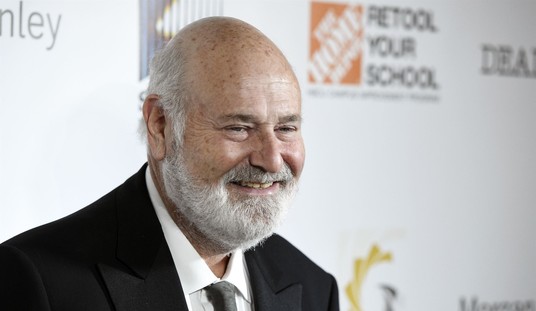Via Slashdot, here’s a wonderful article about the engineers in Apollo 13 mission control (today is the 35th anniversary of Odyssey’s safe splashdown). Although it’s in an electrical engineering professional journal, the piece is extraordinarily well-written, and should be understandable and enjoyable even if you don’t happen to have a technical background.
There’s way too much good stuff to quote, but here’s a tidbit that I recognized from my own career experience as a flight test engineer:
Confidence was part of the bedrock upon which mission control was built. When prospective controllers joined NASA, often fresh out of college, they started out by being sent to contractors to collect blueprints and documents, which they then digested into information that mission controllers could use during a mission, such as the wiring diagrams the lunar module controllers had used to figure out how to power up the Aquarius. After that, the proto-flight controllers started participating in simulations. The principal problem NASA had with these neophytes was “one of self-confidence,” explains Kranz. “We really worked to develop the confidence of the controllers so they could stand up and make these real-time decisions. Some people, no matter how hard we worked, never developed the confidence necessary for the job.” Those not suited for mission control were generally washed out within a year.
Having spent several years as a young engineer in the telemetry room for live-fire missile tests, I can vouch for that last conclusion. There are some guys (and gals) who are never going to be ready to wear the headset and man “the button.” That’s not their fault, and it’s better for everybody if they’re identified early, so they can move on to a job they’re better suited for.
Anyway, the article is a really great read, chock-full of stuff that didn’t make Ron Howard’s fine movie, or even most of the documentaries since 1970. Check it out.
UPDATE: From an AP story about the engineers who came up with the now-famous square peg/round hole CO2 scrubber fix:
Among the biggest concerns was whether the astronauts had duct tape, Smylie said. He later learned duct tape was commonly used on the spacecraft to clean filters and for other tasks, such as taping bags of food to heating lamps.
“I felt like we were home free,” he said. “One thing a Southern boy will never say is ‘I don’t think duct tape will fix it.'”
Damn right.









Join the conversation as a VIP Member